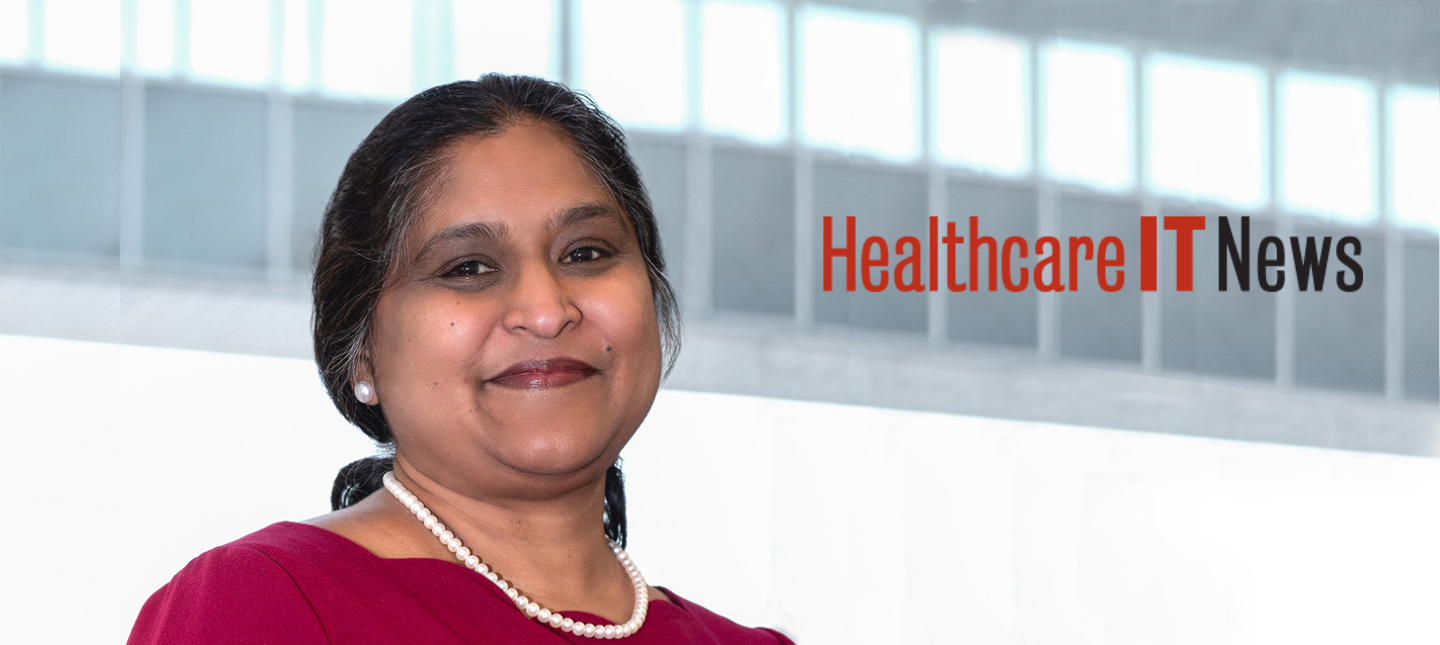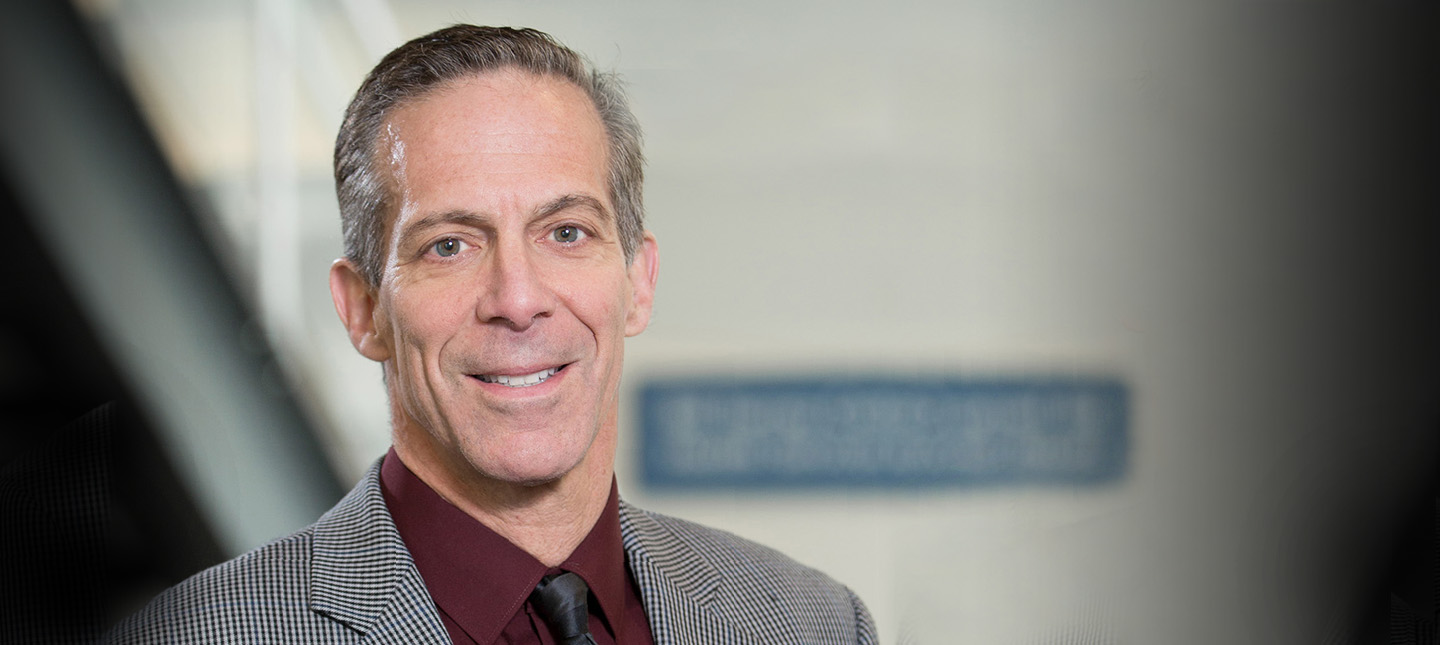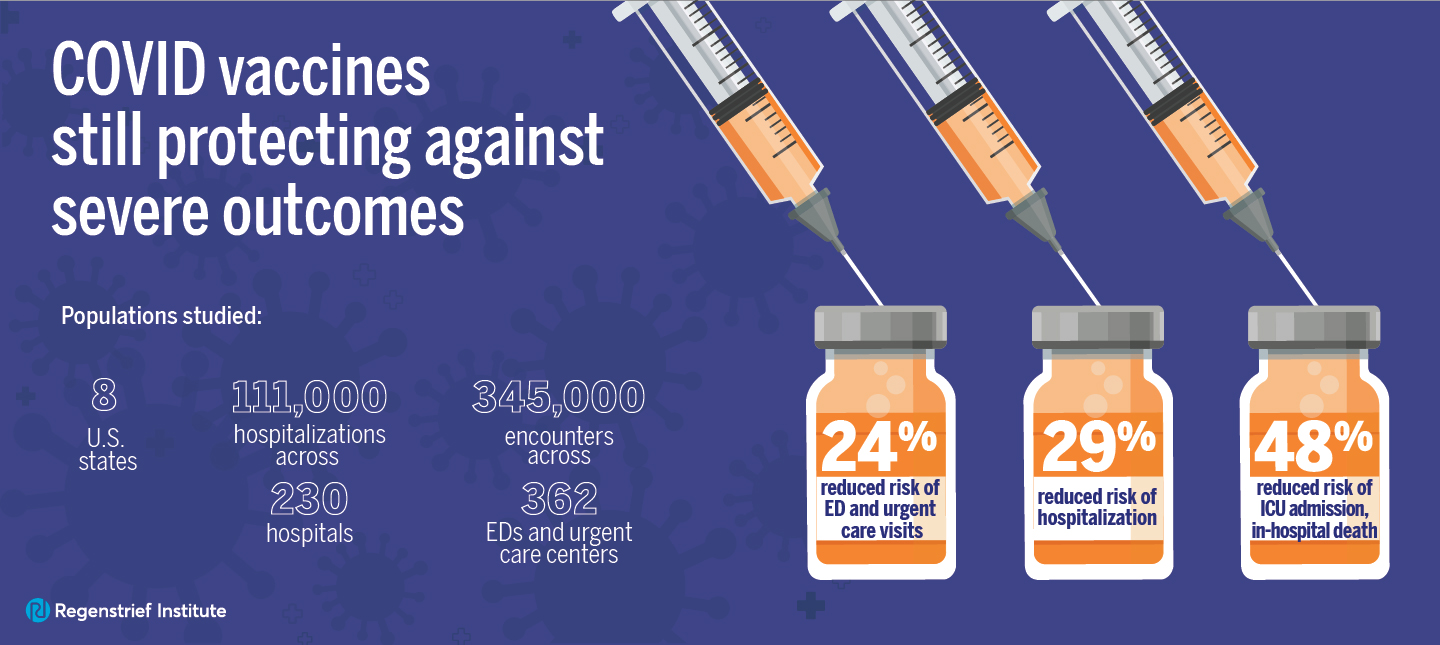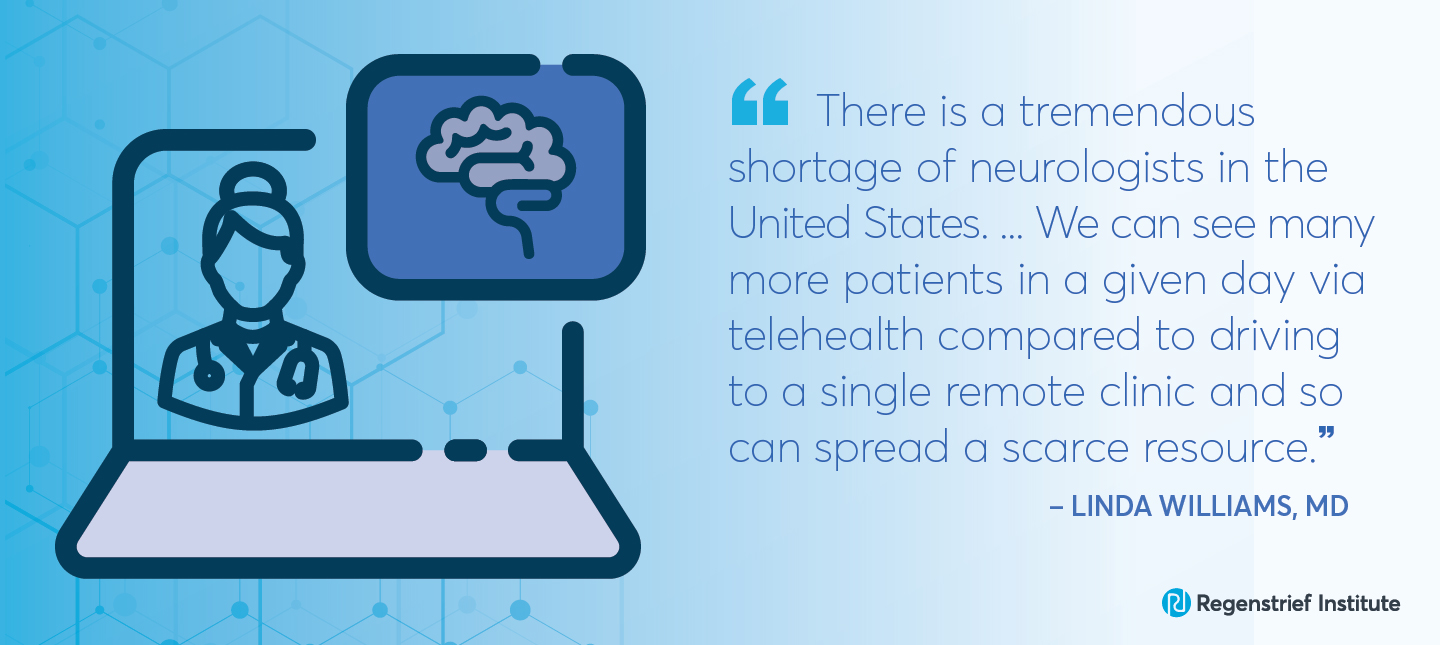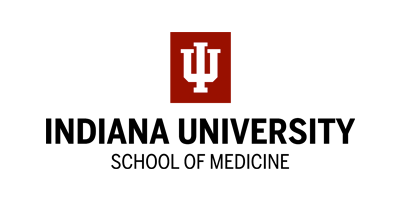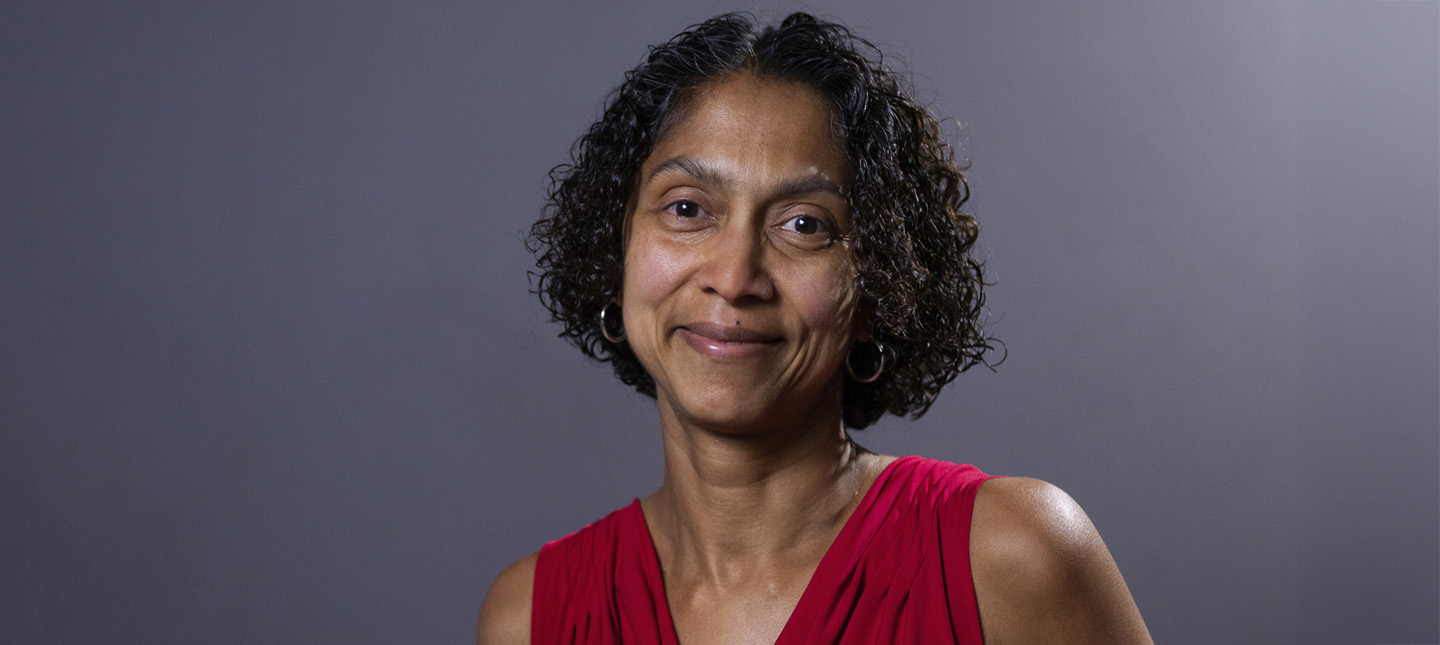INDIANAPOLIS – One of the first studies to examine patient acceptability of teleneurology and determine factors influencing acceptability across neurological conditions, has found teleneurology was highly acceptable across the full range of patients with different neurological diagnoses, including headache, movement disorders and other neurological symptoms and diagnoses. The study also determined that the more medical complexity — having additional diseases — was associated with increased patient satisfaction with teleneurology.
Older patients were as accepting of teleneurology as younger patients, individuals often viewed as more comfortable with technology. Living in a rural area, typically with inconvenient access to in-person appointments, was also not associated with acceptability of teleneurology.
“There are always going to be certain clinical conditions or patient preferences where in- person visits are essential. But for most patients a large portion of what we’re trying to do — understanding the patients’ symptoms, when they started, what helps them and what makes their symptoms worse — all those basics that we learn in medical school that we know are at least 75 percent of getting the right diagnosis can be done via video; we can then adapt most parts of our physical exam to be done via video too,” said study senior author Linda S. Williams, M.D., a U.S. Department of Veterans Affairs and Regenstrief Institute research scientist, whose clinical neurology practice focuses on stroke patients. “This is true, no matter the healthcare system.
“Telehealth is more efficient. It may help us make better use of scarce resources when we have physician shortages and, most importantly, it may help us meet patients where they are at home, when they’re having trouble or can’t drive from perhaps conditions like epilepsy, which are very important in neurology.”
Patients in the study were surveyed two weeks after accessing clinicians via teleneurology. Visits were conducted via video to home or an outpatient primary care clinic with telehealth capabilities.
“Older patients and those with more medical complexity often make up a large portion of the patients requiring care by a neurologist. These findings will help healthcare providers realize they should not exclude consideration of teleneurology for patients that fall into these groups,” said first author Courtney R. Seigel, an Indiana University School of Medicine student.
“There is a tremendous shortage of neurologists in the United States and neurologists, like many specialists, tend to be at a higher density in urban areas and lower density in rural areas,” said Dr. Williams. “Teleneurology is one way that care can be more efficient. We can see many more patients in a given day via telehealth compared to driving to a single remote clinic and so can spread a scarce resource.”
“Patient acceptance of teleneurology across neurologic conditions” is published in the Journal of Neurology. The study was funded by the U.S. Department of Veterans Affairs.
Authors of the study and their affiliations: Courtney R Seigel 1, Holly Martin 2 3, Grace Bastin 2, Laura J. Myers 4 2 3, Stan Taylor 5, Francis Pike 5, Jayne Wilkinson 6 7, Linda S. Williams 2 3 8
- 1Indiana University School of Medicine, Indianapolis, IN, USA.
- 2Richard L. Roudebush VAMC HSR&D EXTEND QUERI, Indianapolis, IN, USA.
- 3Regenstrief Institute, Inc., Indianapolis, IN, USA.
- 4Indiana University School of Medicine, Indianapolis, IN, USA.
- 5Department of Biostatistics, Indiana University School of Medicine, Indianapolis, IN, USA.
- 6Corporal Michael J Crescenz VAMC, Philadelphia, PA, USA.
- 7Department of Neurology, University of Pennsylvania, Philadelphia, PA, USA.
- 8Department of Neurology, Indiana University School of Medicine, Indianapolis, IN, USA
Linda S. Williams, M.D.
In addition to her role as a research scientist with the William M. Tierney Center for Health Services Research at Regenstrief Institute, Linda S. Williams, M.D., is a core investigator for the U.S. Department of Veterans Affairs Health Services Research and Development Center for Health Information and Communication and a co-principal investigator for the VA HSR&D Expanding Expertise Through E-health Network Development (EXTEND QUERI) at Richard L. Roudebush VA Medical Center. She also is a professor of neurology at Indiana University School of Medicine.
